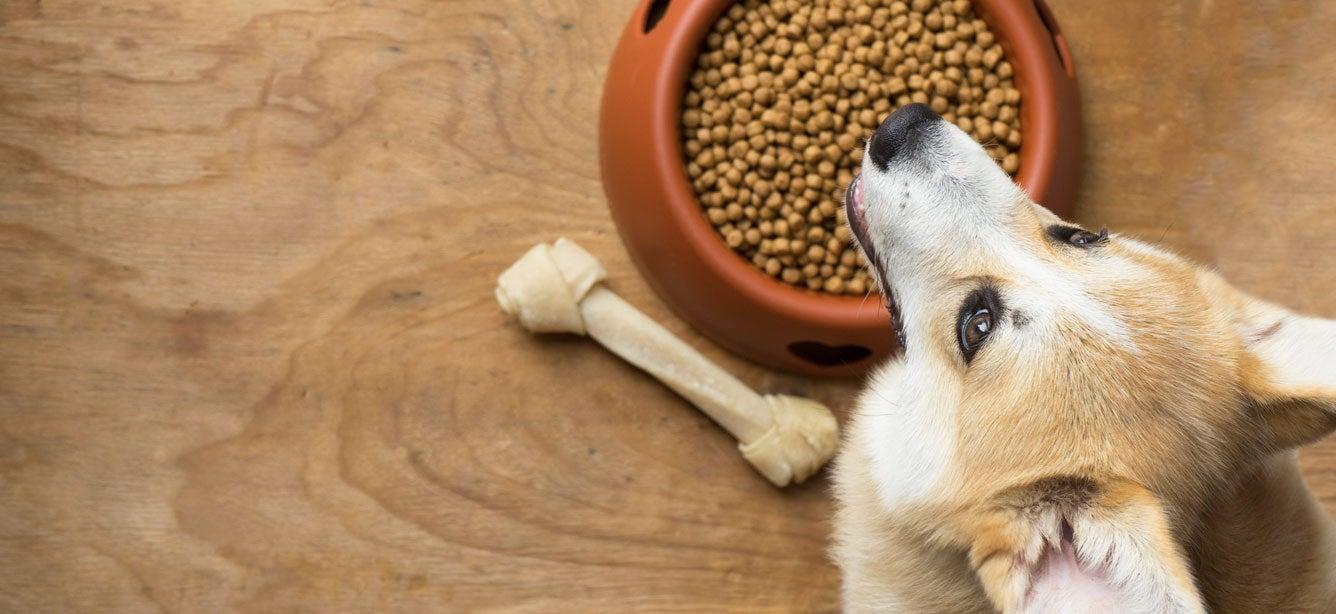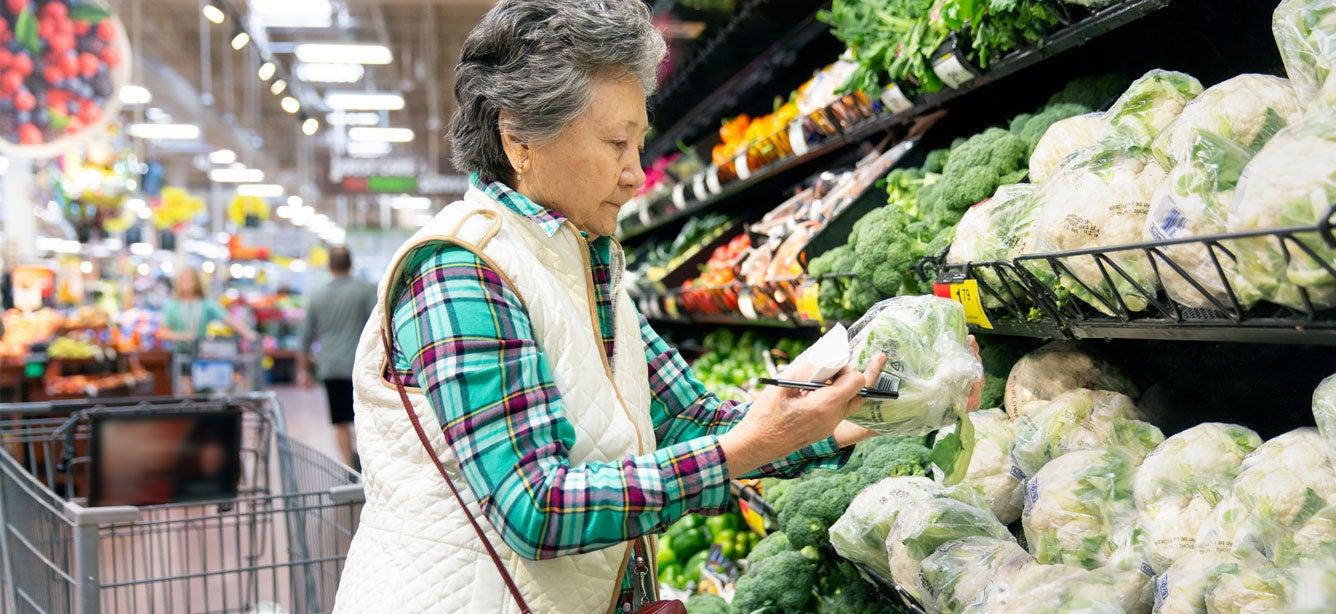
Related Topics
Whether you're strictly a dog person or have a houseful of cats, your pets are an important part of your life. You want to be sure your animals get the nourishment they need to be healthy and happy, even when you're on a tight budget. That's why you may want to know if the Supplemental Nutrition Assistance Program (SNAP) covers pet food.
Can you buy pet food with SNAP?
Unfortunately, no. There are clear rules about what you cannot buy with a SNAP card, and this includes pet food. Other items that SNAP does not cover include alcohol and tobacco products; vitamins and supplements; and other nonfood items. SNAP is solely designed to help you buy healthy, nourishing food for you and your family who lives with you, including:
- Fruits and vegetables
- Meat, poultry, and fish
- Breads and cereals
- Dairy products
- Snack foods
- Non-alcoholic beverages
- Seeds and plants to grow food for your household
SNAP benefits can be used at Walmart, grocery stores, convenience stores, and other retailers that sell food.
How can I get dog food with no money?
How can I get free pet supplies? What can I do for a sick dog with no money? Although SNAP does not cover pet food, there are resources available to help pet owners in need. These programs provide relief to individuals and families struggling to feed and care for their pets. They can mean the difference between being able to keep a beloved fur-friend—and having to make the heartbreaking decision of surrendering it to a shelter.
Here are some places to start if you need help feeding and caring for your pets:
- The Humane Society offers a complete guide to resources that offer financial support or donations for pet food and veterinary care. It also has a state-by-state directory to help you find pet food assistance in your local area.
- CoFund My Pet provides an online directory to help you find pet food pantries and pet food banks where you live.
- Red Rover is a nonprofit organization that lends financial assistance to pet owners with low income. It also helps those hospitalized with COVID-19 and domestic violence survivors. Learn more by visiting their website.
- The Pet Fund provides financial help to pet owners with low income who need veterinary care. Visit their website to learn more about what support they provide and to fill out an online application for assistance.
Other options for getting pet food assistance
In addition to the organizations suggested above, here are other avenues you can explore to get the help you need.
Local pet shelters: If they receive sufficient funding, your city’s animal shelter may provide food donations for pet families with low income. Some may even have pet food banks, which operate like a traditional food bank and are open to any pet owners who need them. Contact your local shelter to see what kind of aid they offer. You can find a list of animal welfare groups by state on the Petfinder website.
Veterinary clinics: Some vet clinics in certain areas may provide pet food assistance to low-income families. Some also hold or sponsor low-cost vaccination and spay/neutering programs.
Churches and other religious institutions: Check with your local churches, synagogues, or mosques—you may find one that sponsors occasional pet food drives and pet food banks. Many of these institutions do not require you to be a member of their organization to receive pet food assistance.
Pet food manufacturers: Many manufacturers of dog and cat food offer free samples upon request. It's not a long-term solution for pet food assistance, but some free samples may help you get by for a few days.
Breed-specific organizations: Clubs, organizations, and social groups focused on certain dog and cat breeds can be great resources for pet food assistance. Look for breed advocacy groups on social media sites like Facebook. The American Kennel Club (AKC) offers a searchable directory of rescue groups by breed.
Pet stores: Check with your local pet store to see if they offer need-based discounts on their pet food products. You may even be able to barter services in exchange for a lower price.
Craigslist and other online forums: In some cases, people buy too much pet food or the wrong kind of food, or their pet has passed away and they have leftover food. In any case, you may find people willing to give up these items for free or for a steeply reduced cost. As always, practice caution and common sense when doing transactions with people online.
Find out if you qualify for SNAP—it’s fast and easy
By allowing you to stretch your food budget further, SNAP can provide a little more breathing room. Just ask Krista Garofalo, age 62.
SNAP helps because I can't afford to buy groceries otherwise," Garofalo said. "As far as food, it helps me with everything I need."
NCOA offers a free, easy-to-use online tool that can help you learn more about SNAP and find information to apply. Visit BenefitsCheckUp.org and enter your ZIP code to get started. You can do it yourself—or find someone to walk you through the SNAP application process step by step.



